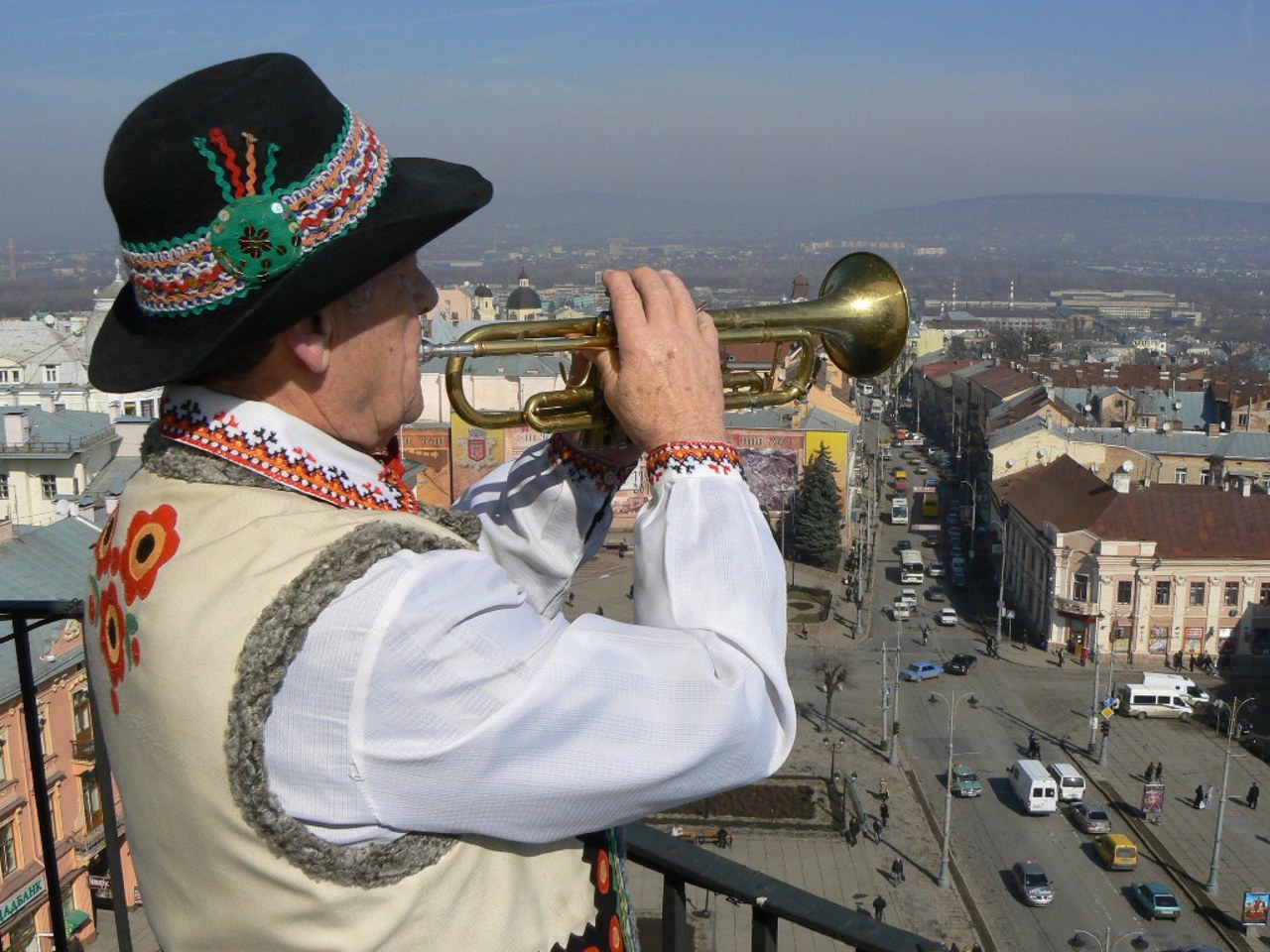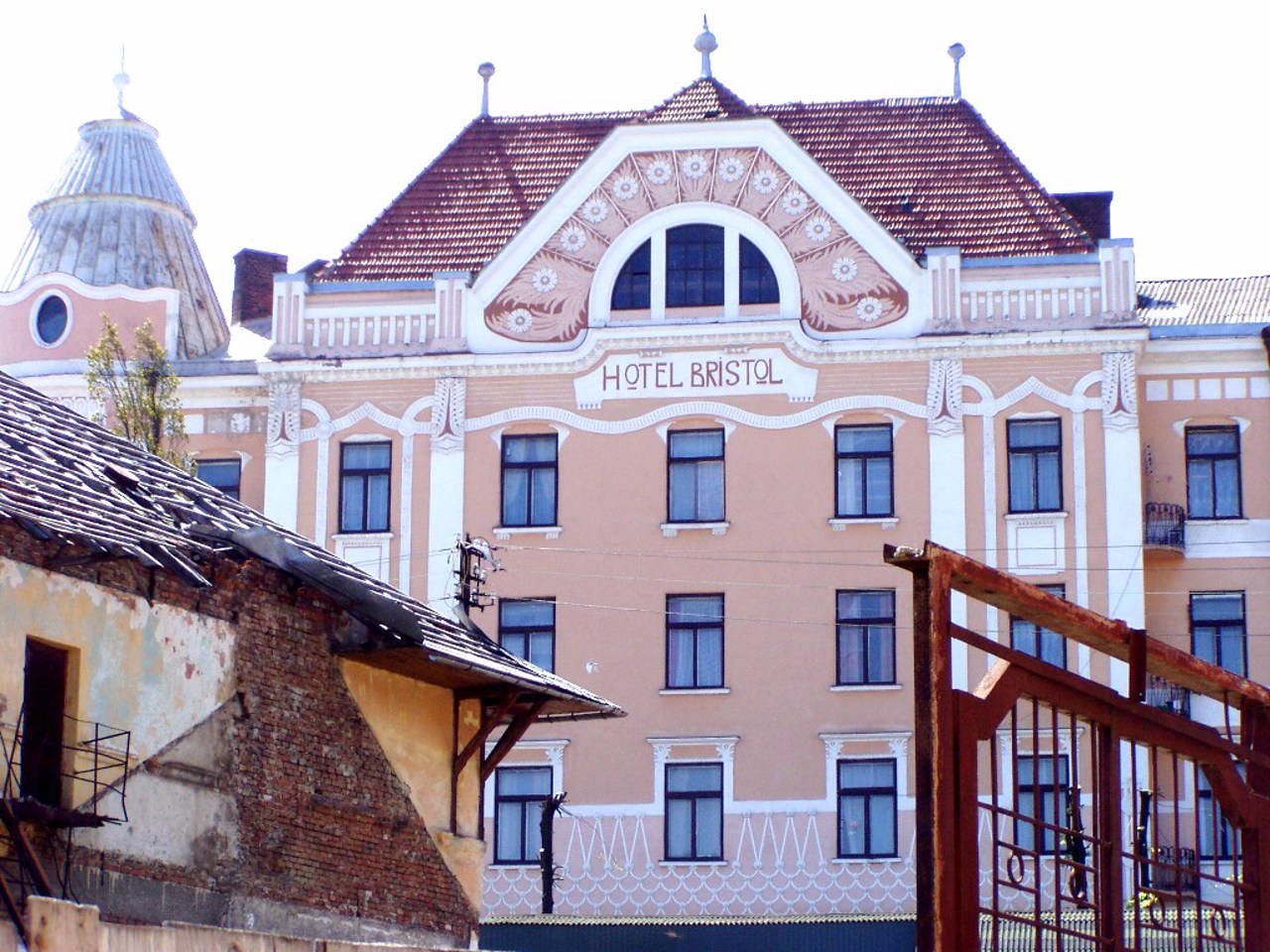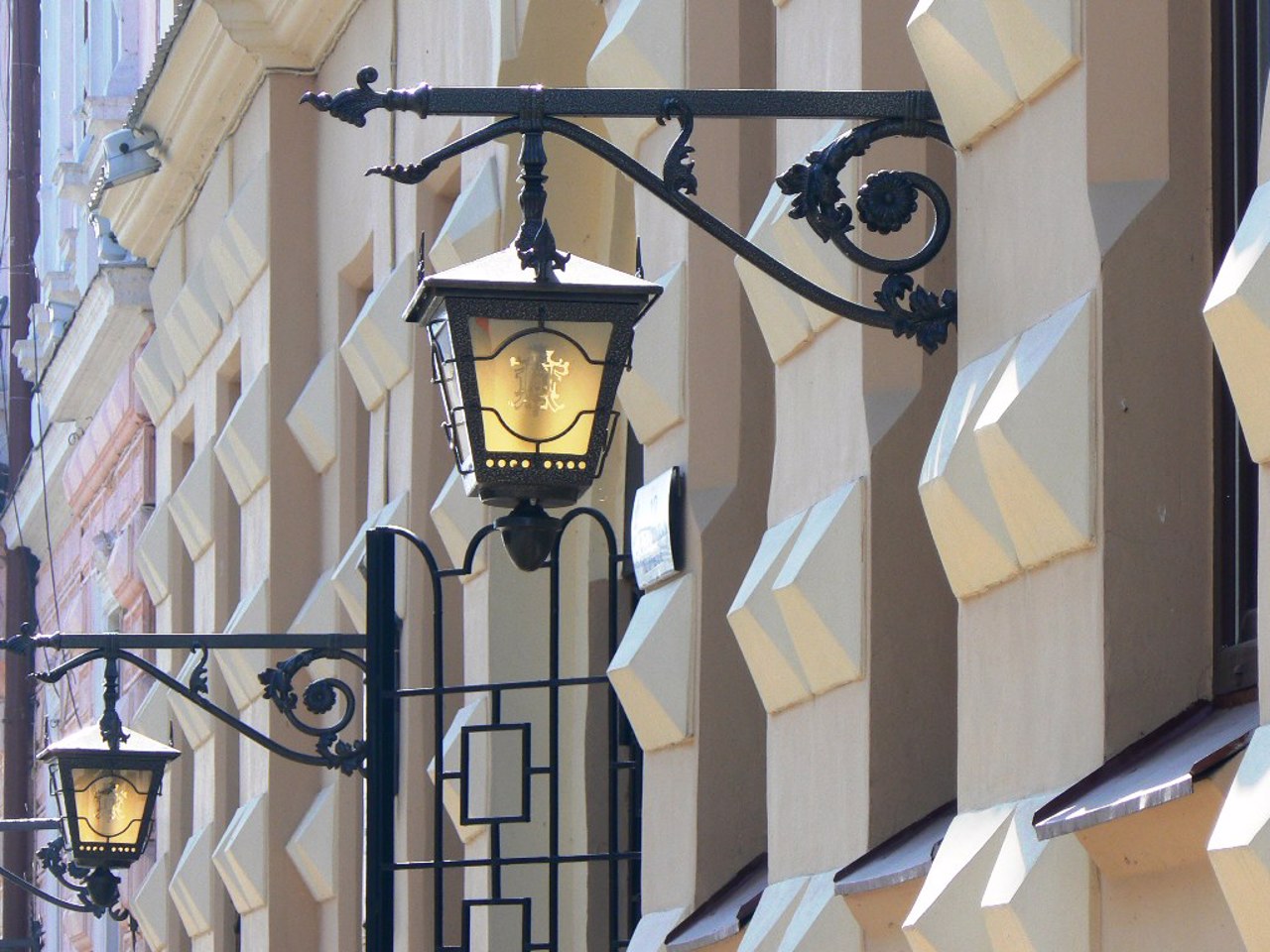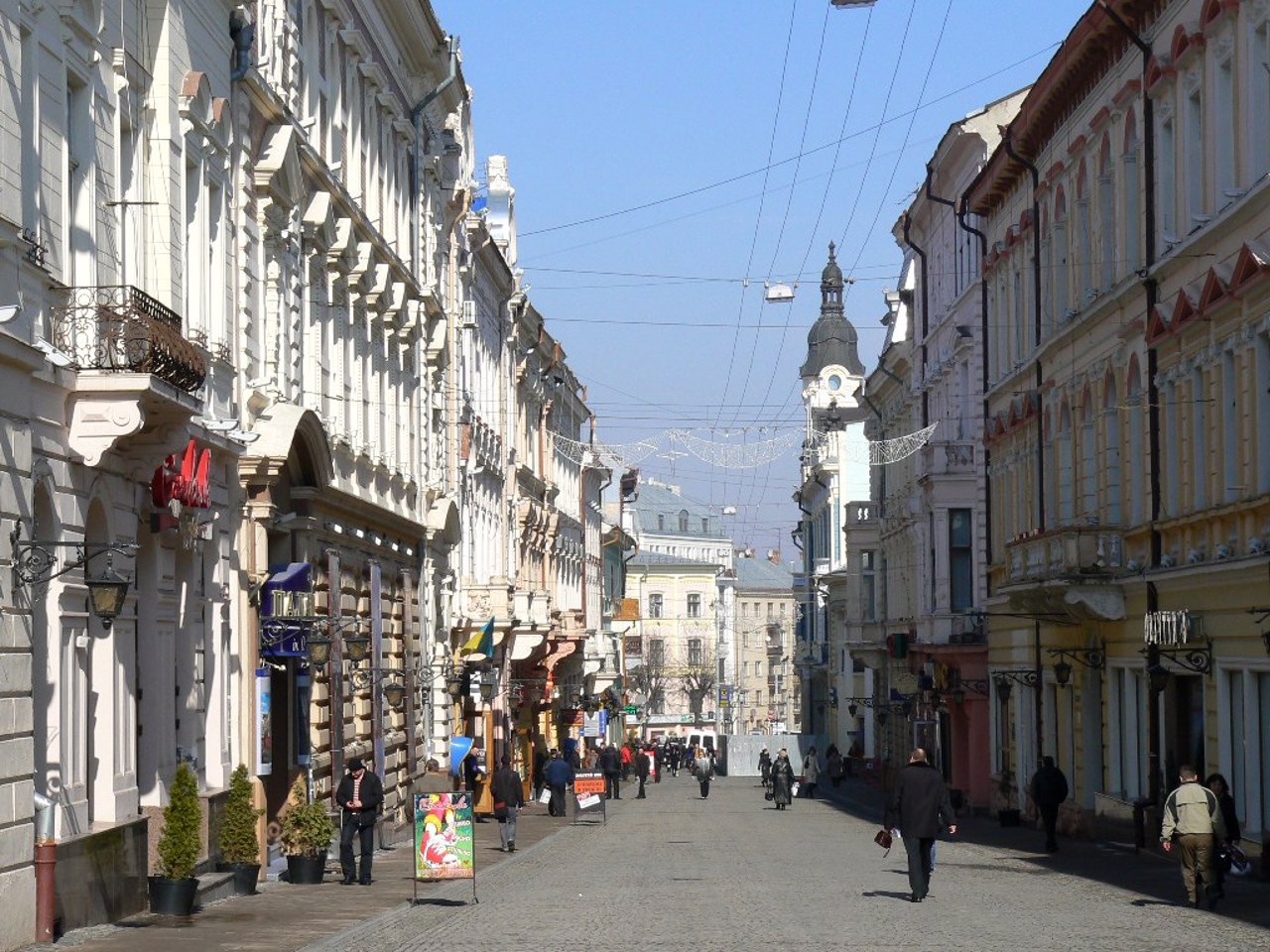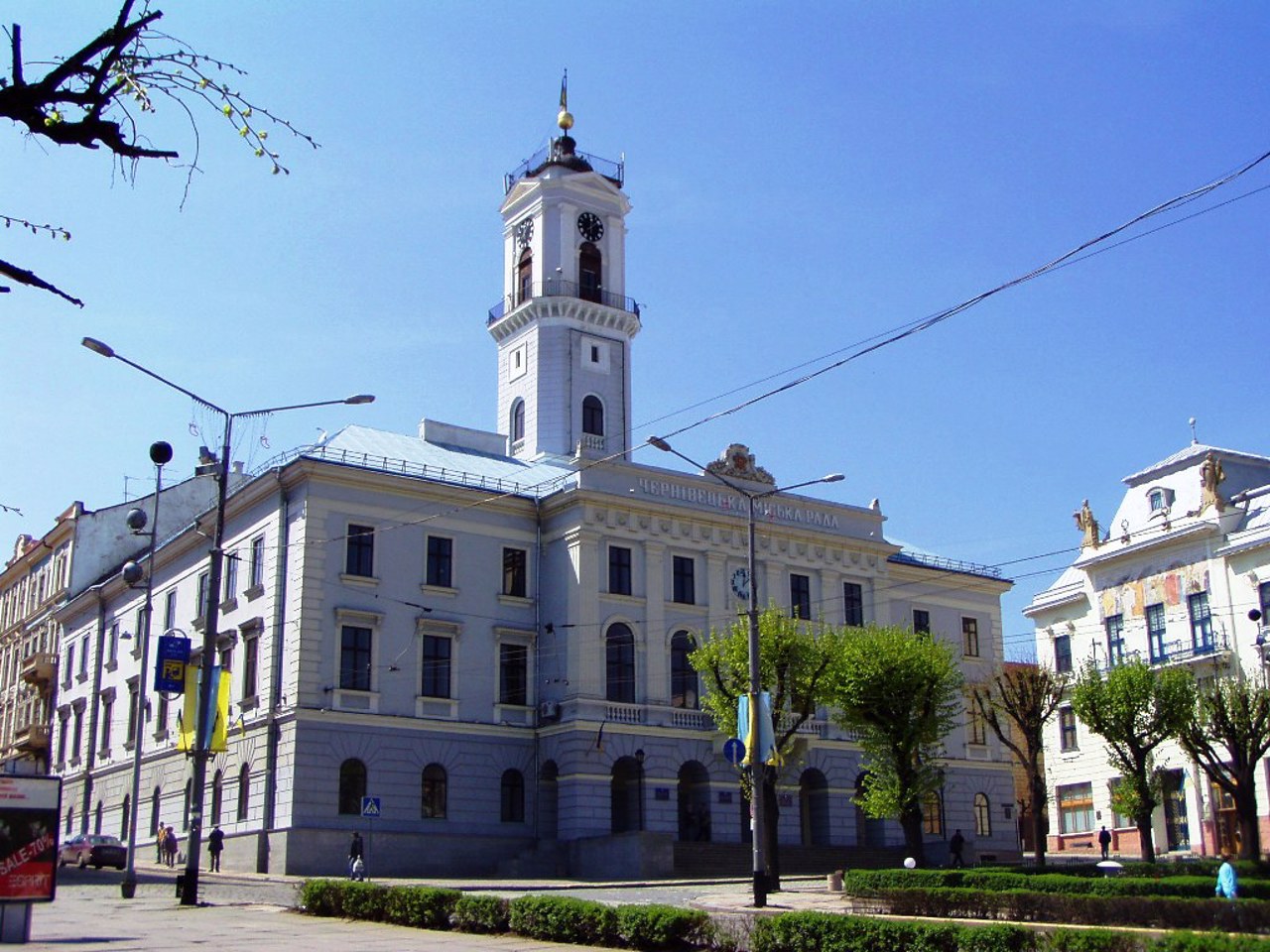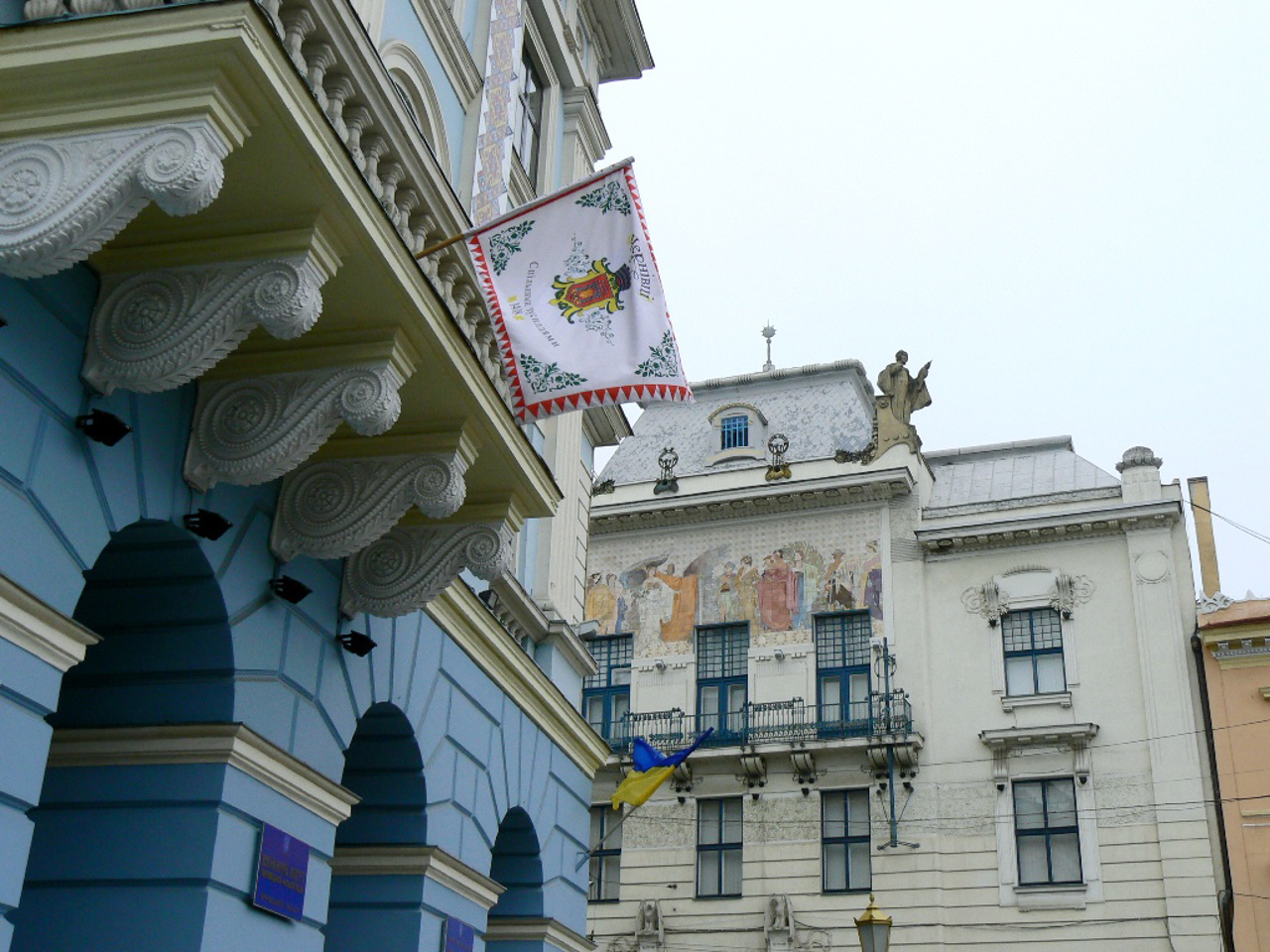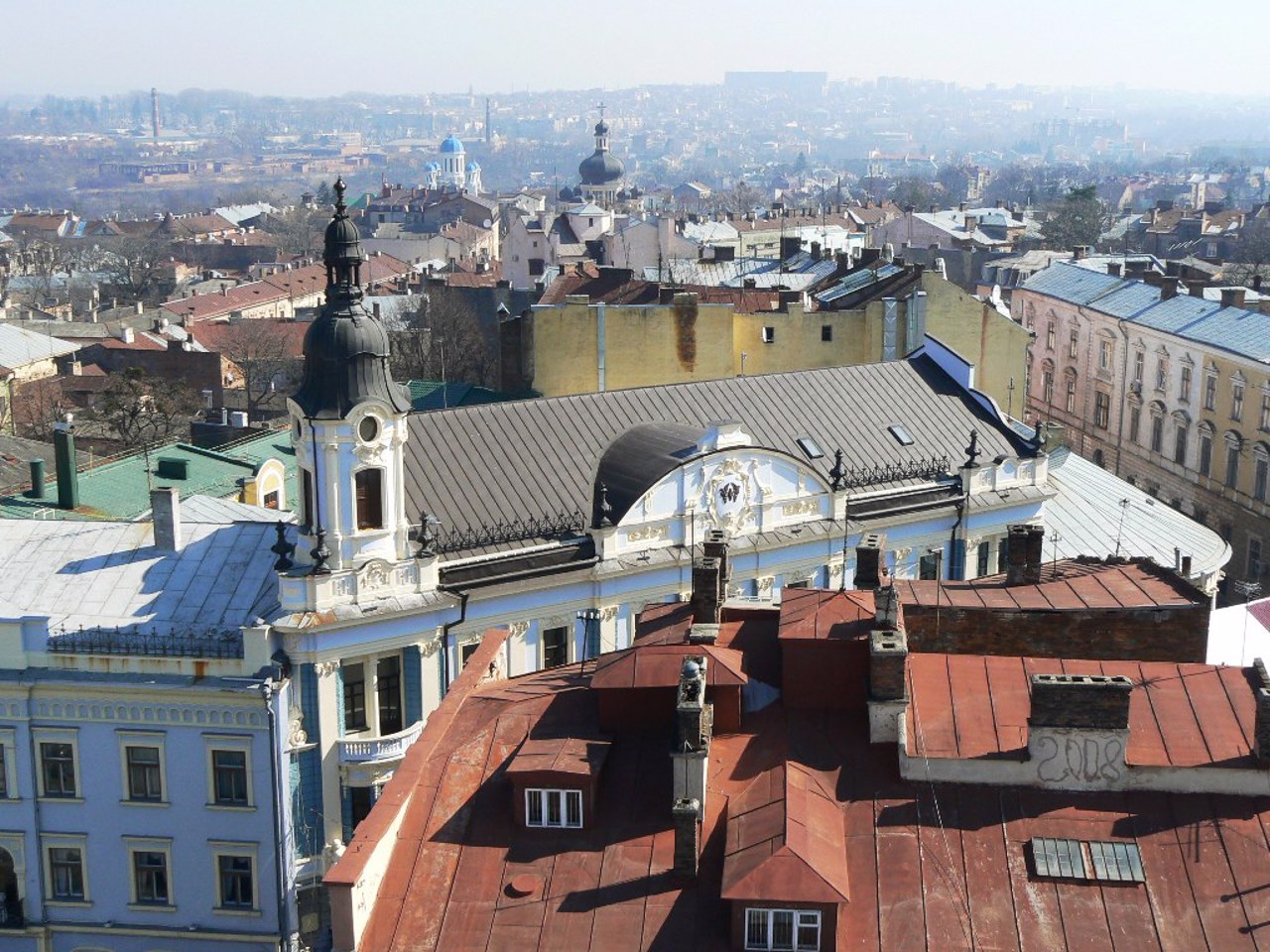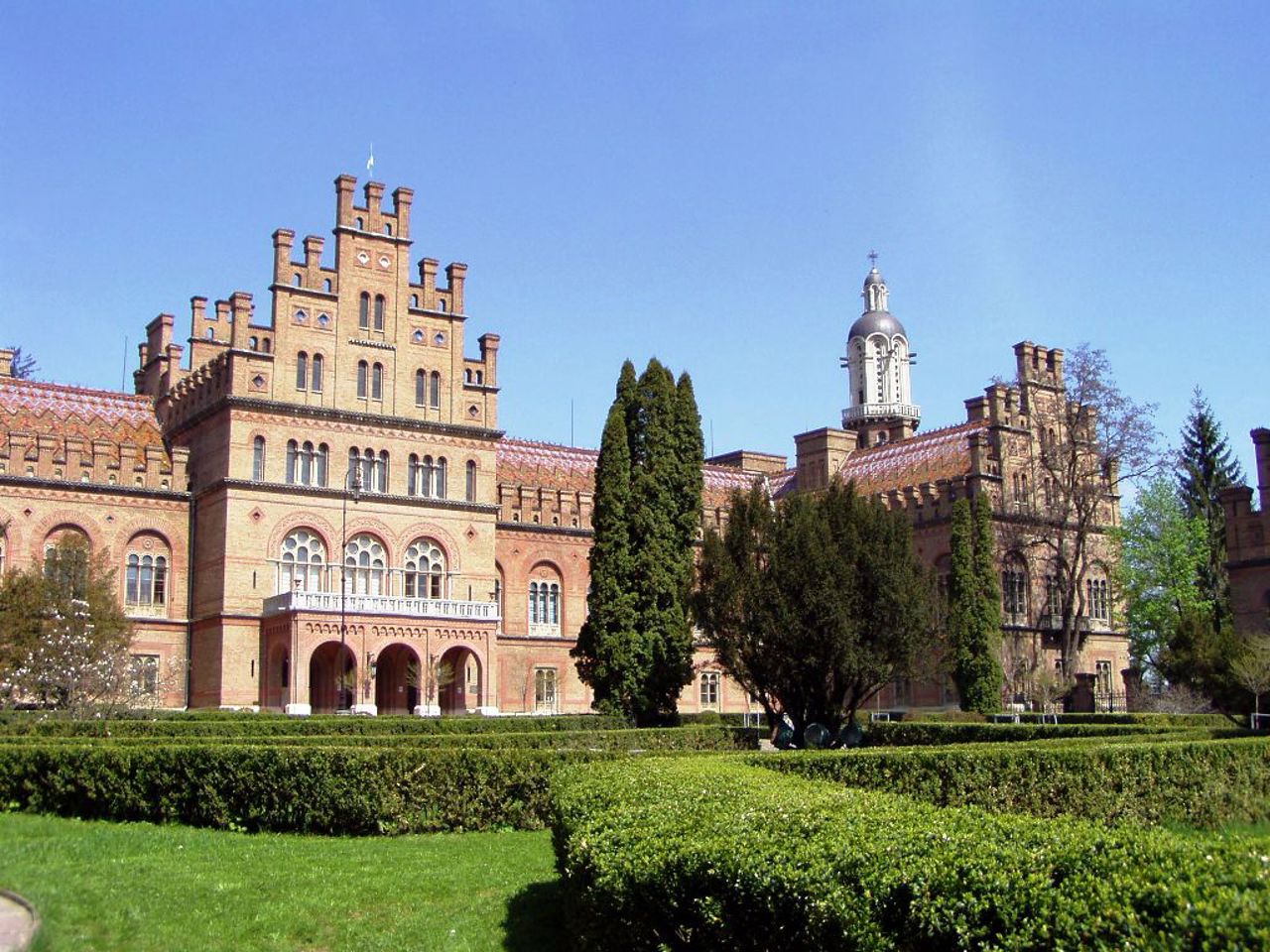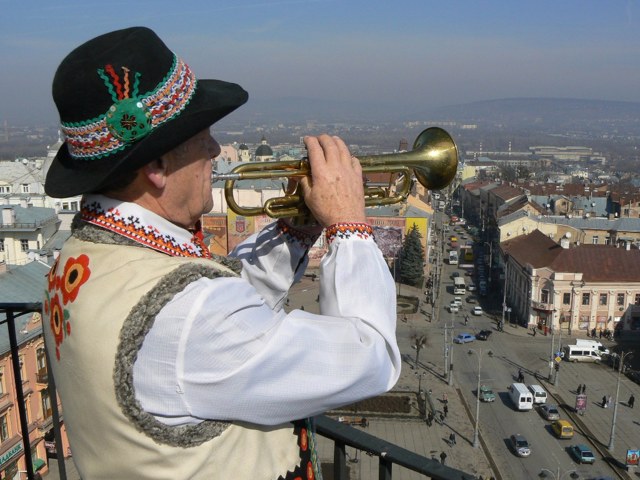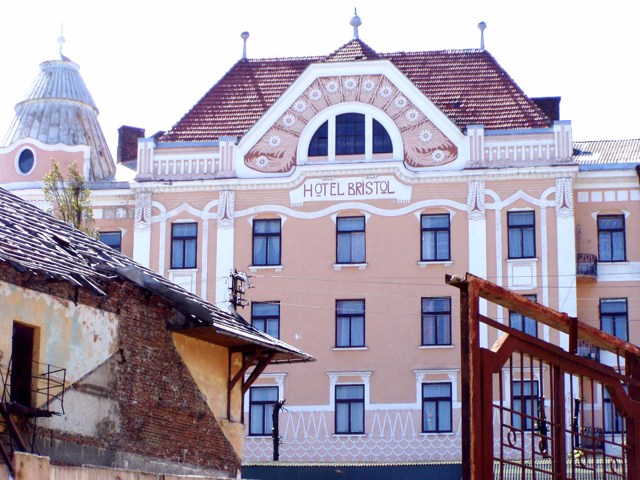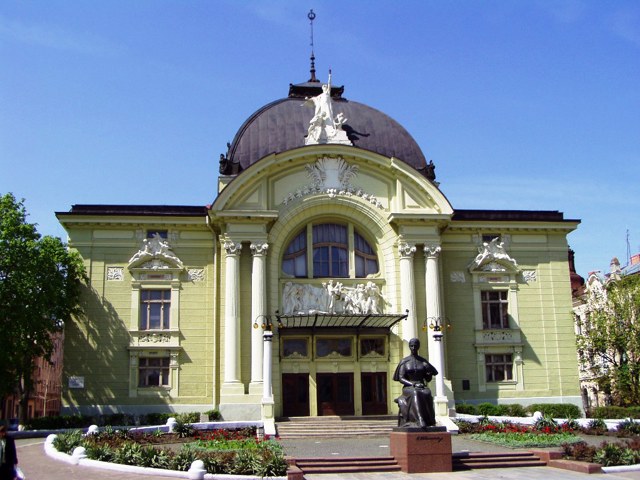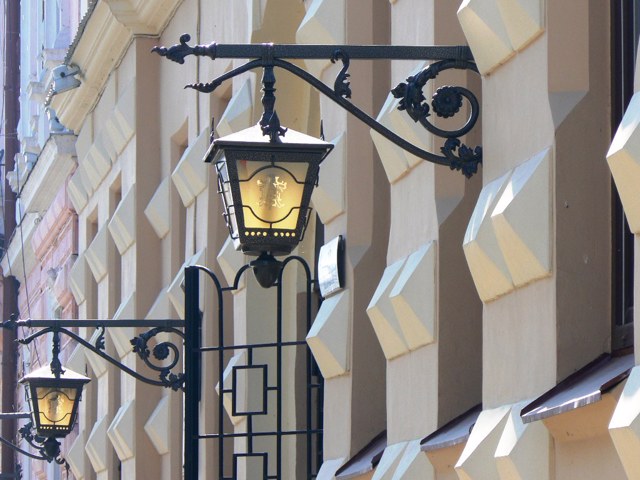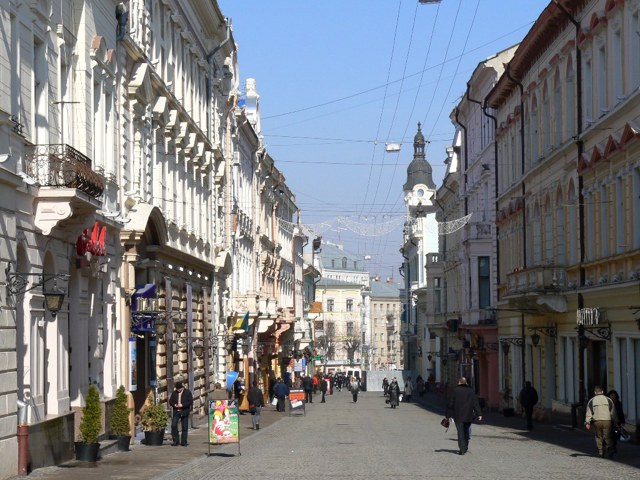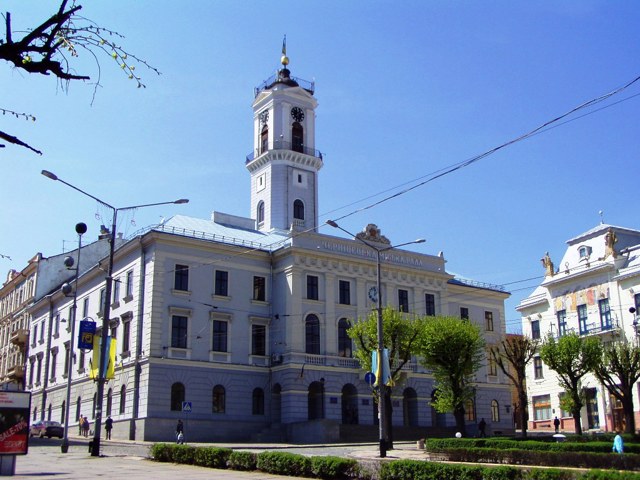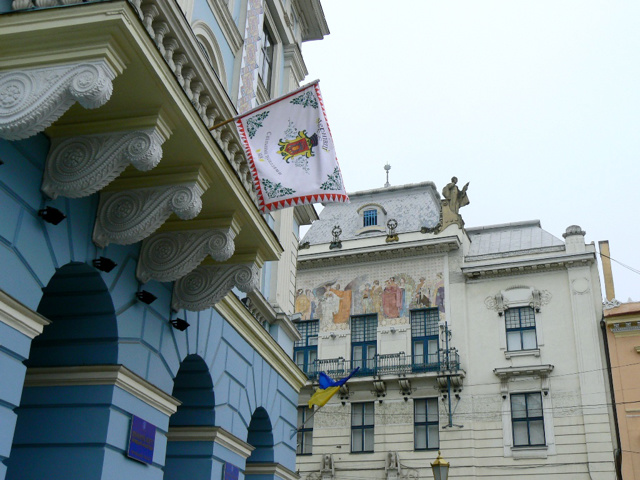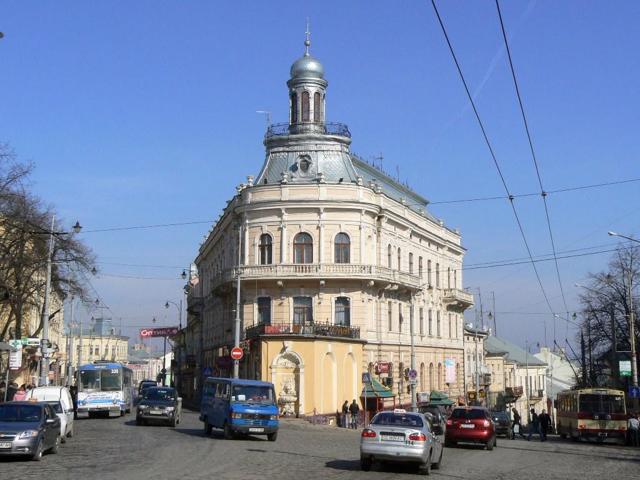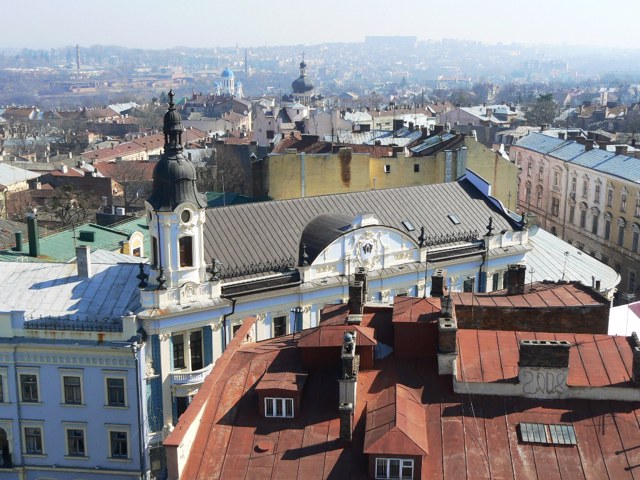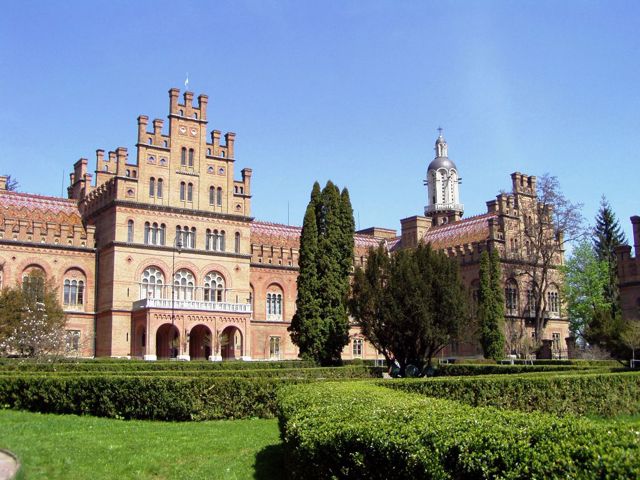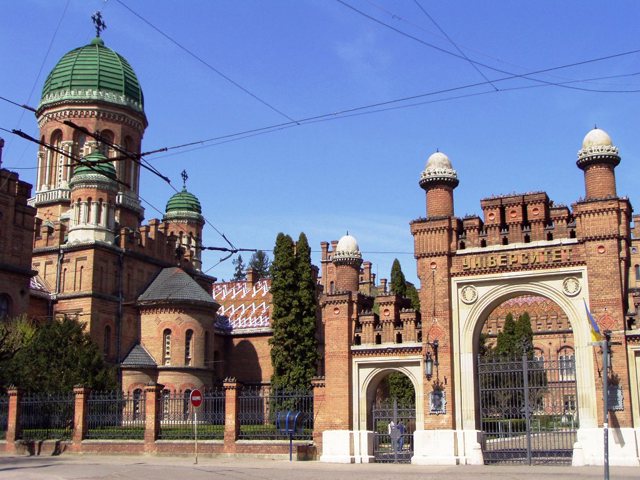Functional temporarily unavailable
Chernivtsi
Travel guide online Chernivtsi
General information about Chernivtsi
Chernivtsi is often called "Little Vienna" or even "Little Paris" for its striking architectural image with a touch of Austrian secession and French Art Nouveau. The city originates from the ancient Russian fortress r. The rod, laid in the XII century. to protect the southern borders of the Galician principality. It was first mentioned as the "Black City" in the documents of 1408. It was part of Moldova, Turkey, Austria-Hungary, Romania. In 1940 it became the regional center of Bukovina. The modern appearance of Chernivtsi began to form relatively recently - from the second half of the 18th century, thanks to which the city is distinguished by the integrity of the architectural ensembles of the old center, where Byzantine, Gothic, Baroque and other styles i ...
Chernivtsi is often called "Little Vienna" or even "Little Paris" for its striking architectural image with a touch of Austrian secession and French Art Nouveau. The city originates from the ancient Russian fortress r. The rod, laid in the XII century. to protect the southern borders of the Galician principality. It was first mentioned as the "Black City" in the documents of 1408. It was part of Moldova, Turkey, Austria-Hungary, Romania. In 1940 it became the regional center of Bukovina. The modern appearance of Chernivtsi began to form relatively recently - from the second half of the 18th century, thanks to which the city is distinguished by the integrity of the architectural ensembles of the old center, where Byzantine, Gothic, Baroque and other styles intertwined. The most famous architectural monuments appeared in the 19th century. The most valuable of them is the residence of the Bukovinian metropolitans, which now houses the Chernivtsi State University. Many temples of different churches and confessions testify to multiculturalism, interethnic harmony and mutual understanding in the city. Day of the city of Chernivtsi is celebrated on the first Saturday-Sunday of October.
Чернівці часто називають "маленьким Віднем" або навіть "маленьким Парижем" за яскравий архітектурний образ з нальотом австрійської сецесії та французького ар-нуво. Місто бере початок від давньоруської фортеці на річці Прут, закладеної у XII ст. для захисту південних рубежів Галицького князівства. Вперше згадується як "Чорне місто" в документах 1408 року. Входило до складу Молдавії, Туреччини, Австро-Угорщини, Румунії. В 1940 році став обласним центром Буковини. Сучасний вигляд Чернівців почав формуватися відносно нещодавно - з другої половини XVIII ст., завдяки чому місто вирізняється цілісністю архітектурних ансамблів старого центру, де переплелися візантійський, готичний, бароковий і інші стилі. Найвідоміші архітектурні пам'ятки з'явилися в XIX ст ...
Чернівці часто називають "маленьким Віднем" або навіть "маленьким Парижем" за яскравий архітектурний образ з нальотом австрійської сецесії та французького ар-нуво. Місто бере початок від давньоруської фортеці на річці Прут, закладеної у XII ст. для захисту південних рубежів Галицького князівства. Вперше згадується як "Чорне місто" в документах 1408 року. Входило до складу Молдавії, Туреччини, Австро-Угорщини, Румунії. В 1940 році став обласним центром Буковини. Сучасний вигляд Чернівців почав формуватися відносно нещодавно - з другої половини XVIII ст., завдяки чому місто вирізняється цілісністю архітектурних ансамблів старого центру, де переплелися візантійський, готичний, бароковий і інші стилі. Найвідоміші архітектурні пам'ятки з'явилися в XIX ст. Найціннішим з них є резиденція буковинських митрополитів, в якій зараз розміщений Чернівецький державний університет. Безліч храмів різних церков і конфесій свідчить про багатокультурність, міжетнічну злагоду та взаєморозуміння в місті. День міста Чернівці відзначається в перші суботу-неділю жовтня.
Сплануй своє перебування у Chernivtsi
What to see and where to go in Chernivtsi
Tourist attractions and museums of Chernivtsi
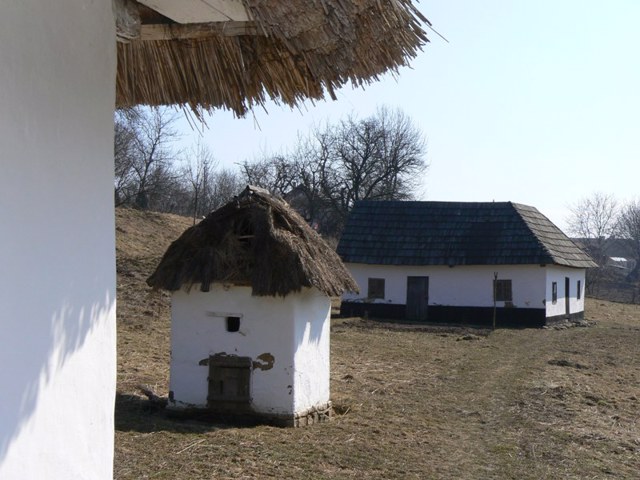
Chernivtsi Museum of Folk Architecture and Life
Museum / gallery
Chernivtsi Open-Air Museum is one of the few museums of folk architecture and life in Ukraine. On the territory of two exposition zones (Khotyn region and Western Transnistria) wooden residential and farm buildings typical for the villages of these regions are collected. The interiors in which household items, tools, national clothes, etc. are exhibited are plausibly recreated. Numerous thematic exhibitions are held on the basis of the museum.

Chernivtsi Regional Art Museum
Museum / gallery
Chernivtsi Art Museum is located in an imposing building, built in 1901 by architect Eisenberg for the Bukovynian Savings Bank. The building is considered one of the best examples of the Viennese Art Nouveau style in Eastern Europe. The upper part of the facade is decorated with a majolica panel, which symbolizes the economic prosperity of Austria-Hungary. The coat of arms of Bukovina on the chest of one of the allegorical figures gives reason to believe that other figures also symbolize the various provinces of the empire. Now the building exhibits rare paintings by Bukovinian artists, from Turkish times to the present day (XVIII-XX centuries): E. Buchevsky, E. Maksimovich, O. Kokhanovskaya, L. Kopelman, M. Ivasyuk, E. Lipetsky, G. von Rezzori, A. Kolnik and others. There is also a collection of O. Shevchukevich's sculptures - miniature terracotta figurines. There is a souvenir shop and a literary café on the ground floor.

Chernivtsi Regional Museum of Local Lore
Museum / gallery
The Chernivtsi Regional Museum of Local Lore occupies a two-story building of the former Orthodox Religious Foundation on the pedestrian street O. Kobylyanska, next to the cathedral. The funds have 90 thousand exhibits. The exposition of the museum presents rare samples of Slavic literature, including the sometimes exhibited Ostroh Bible of I. Fedorov. Of great interest are the numismatic collection and exhibition of weapons of the XVIII-XIX centuries. Among the historical rarities of the Museum of Local Lore is the flag of Chernivtsi, made for the 500th anniversary of the first written mention of the city, which was celebrated in 1908. The basis of the collection of works of fine and decorative-applied art are the icons of the XVI-XVIII centuries, the works of prominent Bukovynian artists M. Ivasyuk, Y. Pigulyak, E. Maksymovych, O. Kokhanovska.

Memorial Museum of Volodymyr Ivasyuk
Museum / gallery

Olga Kobylyanska Literary Memorial Museum
Museum / gallery
The Olga Kobylyanska Literary Memorial Museum in Chernivtsi was opened in the house where the writer lived for more than 10 years. The exposition is located in five halls. Three of them reveal Kobylyanska's life and creative path, and two of them recreate the situation that existed during her life (study and bedroom).
Reviews Chernivtsi
Geographical information about Chernivtsi
| {{itemKey}} | {{itemValue}} |
|---|---|
| Region |
Chernivtsi |
